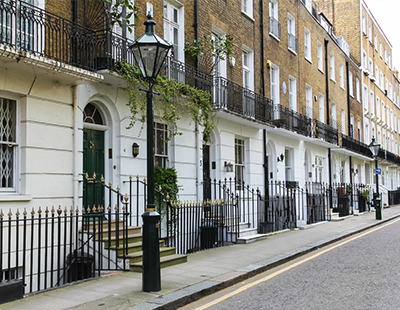
Referendum uncertainty - even before the shock Brexit vote itself - led prime central London prices to drop 1.4 per cent in the second quarter of 2016, admits Savills.
Prime central London has therefore dropped an average of 3.9 per cent down year on year and homes in this exclusive area are now 8.0 per cent below their peak, reached in the third quarter of 2014.
Prices across all other prime areas of London - including but not exclusively central areas - fell by a smaller amount on average.
In the second quarter of the year - so almost entirely before referendum day - prices across all of London’s prime districts dipped by 0.2 per cent, making them 0.7 per cent down year-on-year and 1.4 per cent down since late 2014.
Savills says weakened sentiment and a slowing of the London market also impacted the prime regional markets, resulting in small quarterly price falls of 0.4 per cent in the suburbs.
Property in the inner and outer commuter zones around London saw marginally positive price growth in the quarter limited to just 0.2 per cent and 0.9 per cent respectively - the agency says this was down to a market slowing after “a lack of urgency amongst buyers.”
Since the referendum, there have been conflicting signals says Lucian Cook, head of UK residential research at Savills.
“Falls in sterling have prompted some international buyers to re-enter the market, while there has also been a fair share of speculative bids from those hoping to secure a bargain. Against this context, sellers have generally taken a pragmatic approach around pricing without having to slash their expectations” says Cook.












.png)


.png)




Join the conversation
Be the first to comment (please use the comment box below)
Please login to comment